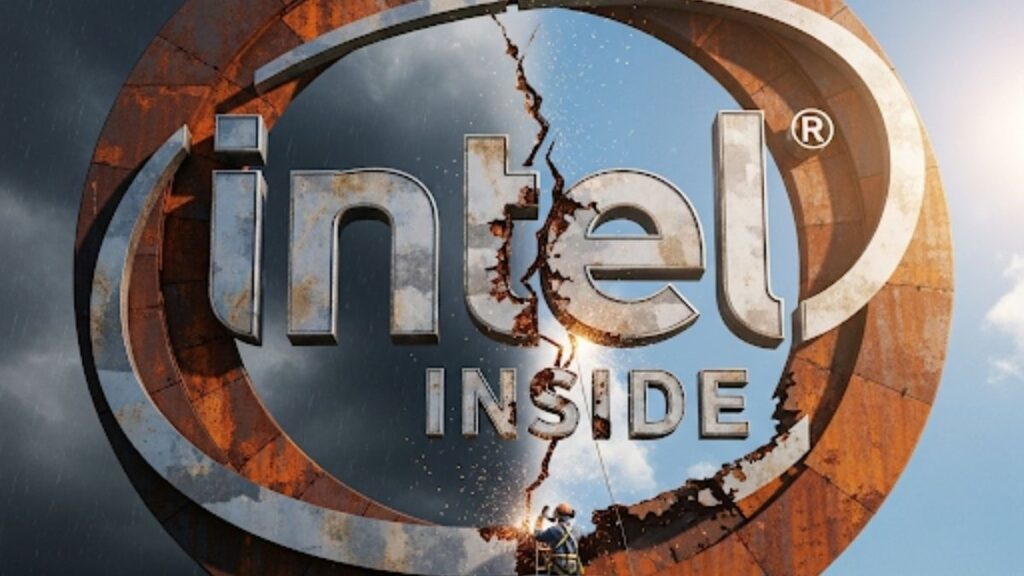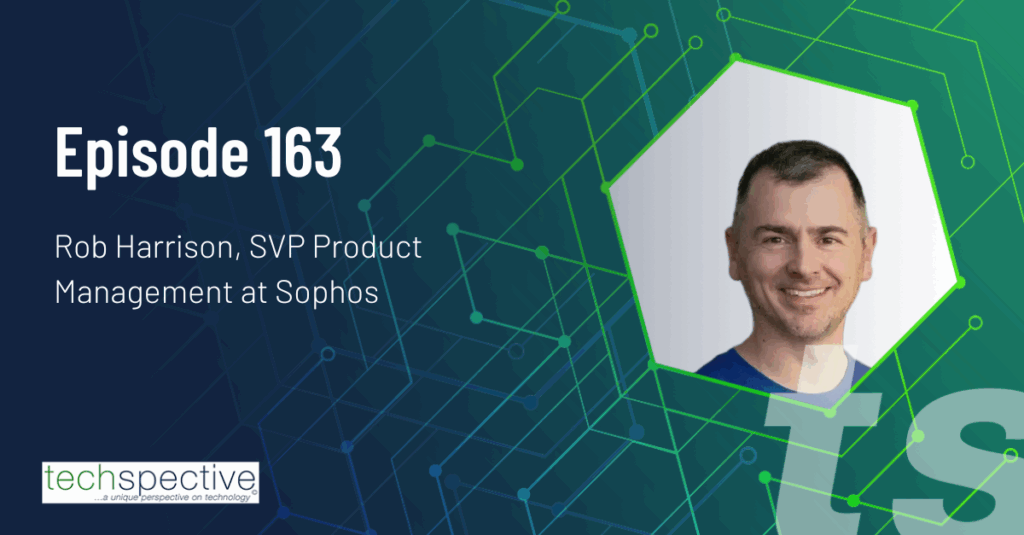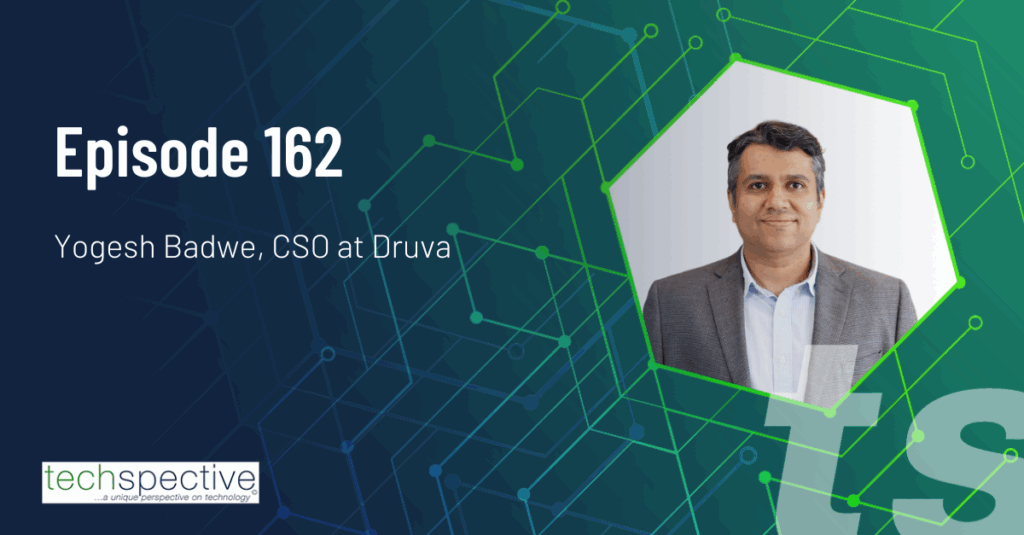Intel, the company that put “Silicon” in Silicon Valley and whose five-note jingle is seared into the brains of a generation, is in trouble. This isn’t just a rough quarter or a missed product cycle; this is an existential crisis. The company has become a revolving door for CEOs, a political football, and a case study in how quickly a titan can stumble. With the abrupt departure of engineer-in-chief Pat Gelsinger, the controversial appointment of interim CEO Lip-Bu Tan, and the looming shadow of the Trump administration, Intel is a ship caught in a perfect storm. The question isn’t just whether it can build the world’s most advanced chips, but whether it even knows who it is anymore.
The Ghosts of CEOs Past
To understand the chaos of the present, one must look to the ghosts of CEOs past. For years, the company operated under the mantra of leaders like Craig Barrett, who perfected the “copy exactly” strategy. Barrett’s vision was one of operational supremacy: Intel would be the best manufacturer on the planet, and its fabs would be an unassailable fortress. His recent plea to “fire the Intel board and rehire Pat Gelsinger” is a lament for that lost focus on engineering and manufacturing prowess. Barrett represents the Intel that was: dominant, disciplined, and the undisputed king of the hill.
Pat Gelsinger was supposed to be the prodigal son who would restore that former glory. An engineer at heart, he returned in 2021 with a grand, almost romantic, vision: IDM 2.0. Intel wouldn’t just design its own chips; it would build them for everyone, becoming a foundry to rival Taiwan’s TSMC. He bet the company on a multi-billion dollar fab-building spree, a patriotic push to bring semiconductor manufacturing back to American soil. But vision is expensive, and Wall Street is impatient. After a 61% stock drop and massive losses, the board pulled the plug. Letting Gelsinger go may prove to be a colossal error in hindsight. His strategy, while costly, was a clear and necessary response to a changed world. It required time and faith, two commodities in short supply when your stock is tanking.
The Perilous Present
Into this vacuum steps Lip-Bu Tan, a venture capitalist and turnaround expert whose first moves have been defined by fiscal discipline and damage control. He’s slashing costs and talking about a “Day One startup” spirit. But his tenure has been immediately engulfed in controversy over his past investments in Chinese tech firms, prompting a public demand for his resignation from Donald Trump. This political firestorm, coupled with a proposed 100% tariff on imported chips for companies not manufacturing in the U.S., has turned the CEO job at Intel into a geopolitical hot seat. Tan’s pragmatism is a stark contrast to Gelsinger’s ambition, representing a potential retreat from the very vision that was meant to save the company.
A Blueprint from Big Blue
This situation is eerily reminiscent of IBM in the early 1990s. IBM was the Intel of its day—a bloated, bureaucratic behemoth that had lost its way. Then came Louis Gerstner, an outsider from RJR Nabisco, who famously declared, “The last thing IBM needs right now is a vision.” What he meant was that IBM already had plenty of visions; what it lacked was execution and a connection to its customers. Gerstner’s masterstroke was to first change the perception of IBM. He resisted calls to break up the company, recognizing its integrated strength. He shifted the focus from selling boxes to solving problems, turning IBM into a services and consulting powerhouse. He proved that an elephant could dance.
Intel’s path forward lies in this Gerstner blueprint. The problem isn’t just about process nodes and fab capacity. It’s about culture and perception. For years, Intel was arrogant. It missed the mobile revolution and was late to the AI party. It needs a leader who can, like Gerstner, instill a sense of humility and hunger, a leader who can rebuild trust with customers who have been burned by delays and a confusing roadmap. The debate over spinning off the foundry business misses the Gerstner lesson: the integrated model is a strength if you can make it work.
The AI CEO Question
Given the seemingly intractable human drama, some might wonder if it’s time for a radical solution: an AI CEO. The idea is tempting. An AI could analyze market data, allocate R&D funding, and manage supply chains with cold, hard logic, free from ego or political pressure. It would be the ultimate data-driven executive. However, an AI lacks the essential ingredients of leadership: creativity, empathy, and the ability to inspire. Could an algorithm rally 100,000 employees or build a relationship of trust with a key customer? Could it navigate a sensitive meeting with the White House? AI is a powerful tool, but it is not a visionary. Intel doesn’t need less humanity in its leadership; it needs more.
The View to 2030
So, where does this leave Intel by 2030? The current trajectory is grim. Continued leadership instability and a retreat into fiscal conservatism could see Intel become a state-supported utility, a “national champion” that is perpetually a generation behind its rivals. However, if the board finds a leader with the vision of Gelsinger and the cultural focus of Gerstner—and gives them the time and resources to succeed—Intel could emerge as a revitalized force. It may not regain its old monopoly, but it could be a critical pillar of a secure and diverse global tech ecosystem.
Wrapping Up
Intel is at a defining crossroads. The company’s deep-seated issues are not merely technical; they are cultural and perceptual. The visions of past leaders like Craig Barrett and Pat Gelsinger highlight a fundamental conflict between operational excellence and ambitious, costly innovation. The intense political pressure from the Trump administration has only narrowed the margin for error. The most successful path forward may not come from a radical new technology or a spin-off, but from the playbook of Louis Gerstner’s transformation of IBM—a relentless focus on changing the company’s culture and rebuilding its credibility from the outside in. The next CEO’s most critical task is not just fixing the fabs but fixing the faith in Intel itself. It’s a monumental job, and one has to wonder: Who in their right mind would want it? And that is why Intel needs to focus on improving its image first, because if it appears to be a CEO career-ender, then getting the talent they need to take Intel forward will be impossible.
- Intel’s Identity Crisis: In Search of a CEO Who Can Make the Elephant Dance - August 15, 2025
- Lenovo’s AI Edge: How ‘Eating your Own Dog Food’ Creates a Competitive Advantage - August 8, 2025
- Threadripper PRO 9000: The Professional’s Unfair Advantage - August 7, 2025



